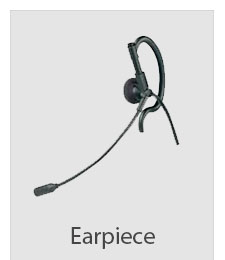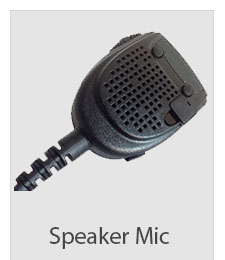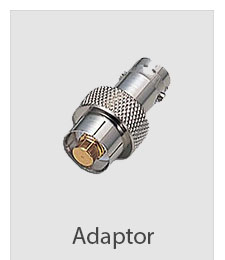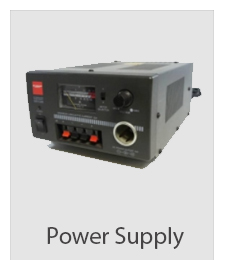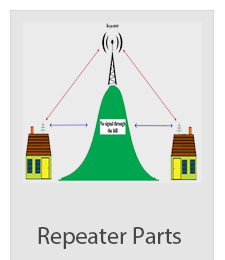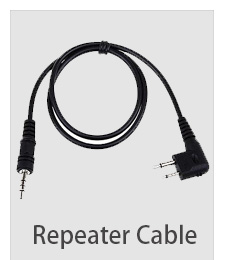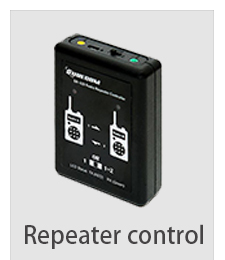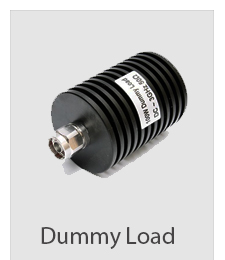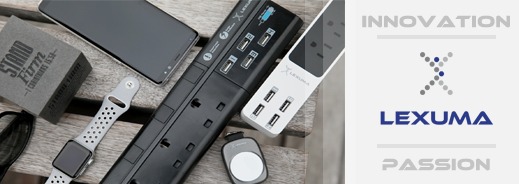DMR TRUNKING WORK (I)
Perhaps the best way to explain how trunking works is an analogy. Imagine you walked into a bank to make a withdrawal. There are three different tellers – one for withdrawals, one for deposits, and one for business transactions. For whatever reason, the withdrawal line you are in has a long line, but the business transaction line is empty. But because you want to make a withdrawal, you must wait your turn until you reach the front of the withdrawal line.
This is how conventional radio works. There are dedicated channels – channel one might be only for police, channel two for fire, and channel 3 for animal control. The result for many organizations is that some channels become crowded while others go unused. Suppose you are a police officer wanting to make a call, if your channel is busy then you will need to wait your turn, even if the other two channels are open. Trunking resolves this problem.
Going back to our bank analogy, imagine you showed up ready to make a withdrawal. There are still 3 tellers, but each is capable of withdrawals, deposits, or business transactions. As soon as a teller becomes open, the next person in line gets to make their transaction. Since you can use all available tellers, your transaction will occur much faster.
This is the same way trunked radio works. All channels are available to all users. If you want to make a call, the radio network will automatically and dynamically assign your call to the next available channel. In many cases, there will be no wait time, but even if you do need to wait it will last a very short time.
https://www.409shop.com/shop.php
Telecommunications Knowledge
|






